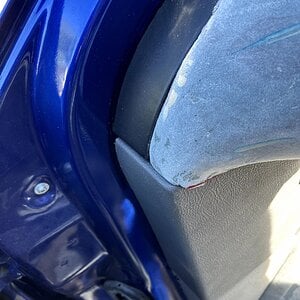BKNIGHTS 10+ year member
Member
A cycle is fully charging a cap and draining it. Which we are not doing in the car audio world.
I'm sorry but even the miraculous maxwell supercap will lose a percentage of their capacitive value over time, it would be correct to say it is still functioning but not the same as the time of installation.Perhaps Maxwell could explain to you how their 16V small cell module that's only rated for 1500 hours is somehow exceeding that figure, either you are wrong or Maxwell is wrong but i'm betting maxwell knows their product inside and out http://www.maxwell.com/products/ultracapacitors/docs/datasheet_16v_small_cell_module.pdf
Edit: A 1500 hour lifespan with 8 hours a day average listening time gives the cap just over 6 months to live, you may be right saying these systems have been in use for months, maybe 6 months at the most..


